Free verse is an open form of poetry, which in its modern form arose through the French vers libre form. It does not use consistent meter patterns, rhyme, or any musical pattern. It thus tends to follow the rhythm of natural speech.

Jorge Francisco Isidoro Luis Borges Acevedo was an Argentine short-story writer, essayist, poet and translator regarded as a key figure in Spanish-language and international literature. His best-known books, Ficciones (transl. Fictions) and El Aleph, published in the 1940s, are collections of short stories exploring motifs such as dreams, labyrinths, chance, infinity, archives, mirrors, fictional writers and mythology. Borges's works have contributed to philosophical literature and the fantasy genre, and have had a major influence on the magic realist movement in 20th century Latin American literature.
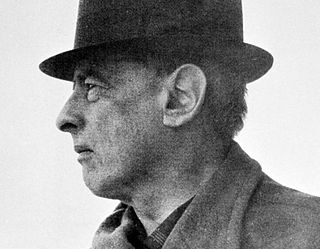
Witold Marian Gombrowicz was a Polish writer and playwright. His works are characterised by deep psychological analysis, a certain sense of paradox and absurd, anti-nationalist flavor. In 1937, he published his first novel, Ferdydurke, which presented many of his usual themes: problems of immaturity and youth, creation of identity in interactions with others, and an ironic, critical examination of class roles in Polish society and culture.
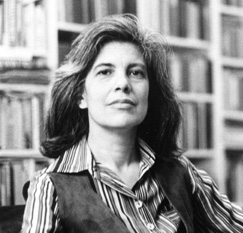
Susan Lee Sontag was an American writer, critic, and public intellectual. She mostly wrote essays, but also published novels; she published her first major work, the essay "Notes on 'Camp' ", in 1964. Her best-known works include the critical works Against Interpretation (1966), On Photography (1977), Illness as Metaphor (1978) and Regarding the Pain of Others, as well as the fictional works The Way We Live Now (1986), The Volcano Lover (1992), and In America (1999).
"Pierre Menard, Author of the Quixote" is a short story by Argentine writer Jorge Luis Borges.

Labyrinths is a collection of short stories and essays by Argentine writer and poet Jorge Luis Borges. It was translated into English, published soon after Borges won the International Publishers' Prize with Samuel Beckett.
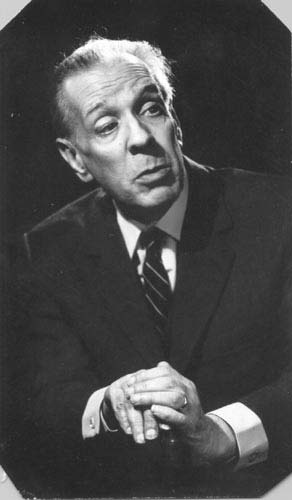
This is a bibliography of works by Argentine short-story writer, essayist, poet, and translator Jorge Luis Borges (1899–1986).

Ferdydurke is a novel by the Polish writer Witold Gombrowicz, published in 1937. It was his first and most controversial novel.

"On Translating Beowulf" is an essay by J. R. R. Tolkien which discusses the difficulties faced by anyone attempting to translate the Old English heroic-elegiac poem Beowulf into modern English. It was first published in 1940 as a preface contributed by Tolkien to a translation of Old English poetry; it was first published as an essay under its current name in the 1983 collection The Monsters and the Critics, and Other Essays.
Virgilio Piñera Llera was a Cuban author, playwright, poet, short story writer, essayist and translator. His most notorious works are the poem La isla en peso (1943), the collection of short stories Cuentos Fríos (1956), the novel La carne de René (1952) and the play Electra Garrigó (1959). He is also known for his role in the translation into Spanish of the novel Ferdydurke, by Polish writer Witold Gombrowicz.
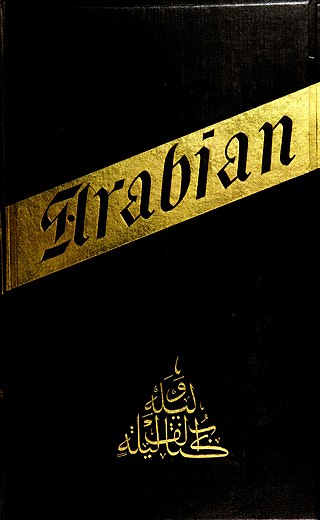
The Book of the Thousand Nights and a Night (1888), subtitled A Plain and Literal Translation of the Arabian Nights Entertainments, is the only complete English language translation of One Thousand and One Nights to date – a collection of Middle Eastern and South Asian stories and folk tales compiled in Arabic during the Islamic Golden Age – by the British explorer and Arabist Richard Francis Burton (1821–1890). It stands as the only complete translation of the Macnaghten or Calcutta II edition of the "Arabian Nights".

The Complete Stories of Franz Kafka is a compilation of all of Kafka's short stories. With the exception of three novels, this collection includes all of his narrative work. The book was originally edited by Nahum N. Glatzer and published by Schocken Books in 1971. It was reprinted in 1995 with an introduction by John Updike.

Annie Finch is an American poet, critic, editor, translator, playwright, and performer and the editor of the first major anthology of literature about abortion. Her poetry is known for its often incantatory use of rhythm, meter, and poetic form and for its themes of feminism, witchcraft, goddesses, and earth-based spirituality. Her books include The Poetry Witch Little Book of Spells, Spells: New and Selected Poems, The Body of Poetry: Essays on Women, Form, and the Poetic Self, A Poet's Craft, Calendars, and Among the Goddesses.
Benjamin Ivry is an American writer on the arts, broadcaster and translator.
The subjectile is a kind of ground used in artistic painting. The word has also been used by Antonin Artaud and Jacques Derrida commented on its use. The subjectile is seen as a theory, not a fact; as a theory the subjectile is a tool that can be employed to analyse art objects to generate hypotheses concerning the relationship between subject and object in art.

Bacacay is a short story collection by the Polish writer Witold Gombrowicz. The stories were originally published in 1933, in an edition called Pamiętnik z okresu dojrzewania, which was Gombrowicz's literary debut. In 1957 it was re-released as Bakakaj, and included five additional stories.

Distrust That Particular Flavor is a collection of non-fiction essays by American author William Gibson, better known for his speculative and science fiction novels.

Søren Kierkegaard was a Danish philosopher whose influence and reception varied widely and may be roughly divided into various chronological periods. Reactions were anything but uniform, and proponents of various ideologies attempted to appropriate his work quite early.
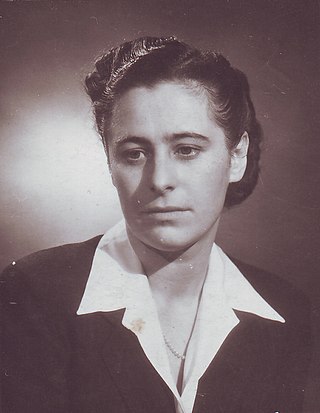
Zofia Chądzyńska or Sophie Bohdan, was a Polish writer and translator of the Iberoamerican literature. Her first book was published in French under a pseudonym of Sophie Bohdan, entitled "Comme l'ombre qui passe", Publisher: Paris : Calmann-Lévy, 1960. Later she was publishing in Polish under her original name Zofia Chądzyńska.
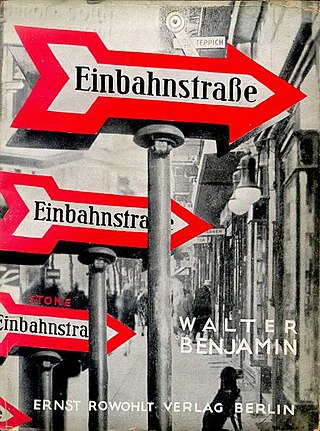
One Way Street is an anthology of brief meditations by Walter Benjamin collected and published as a book in 1928. The reflections composing its cycle were mostly written coterminously with the drafting phase of his doctoral thesis The Origin of German Tragic Drama, during his personally transformative though ultimately failed romance with Asja Lācis. Many of the pieces that were published individually prior to their appearance as a collection first ran as feuilleton in newspapers—a critical, artistic, sometimes purely humorous or bizarre space-filling feature of newspaper formats in Europe at the time.















